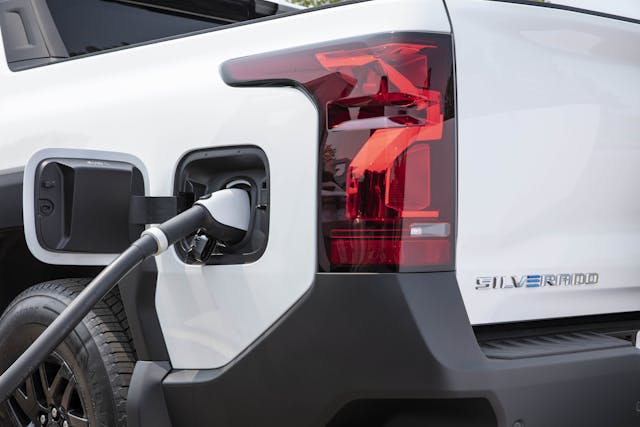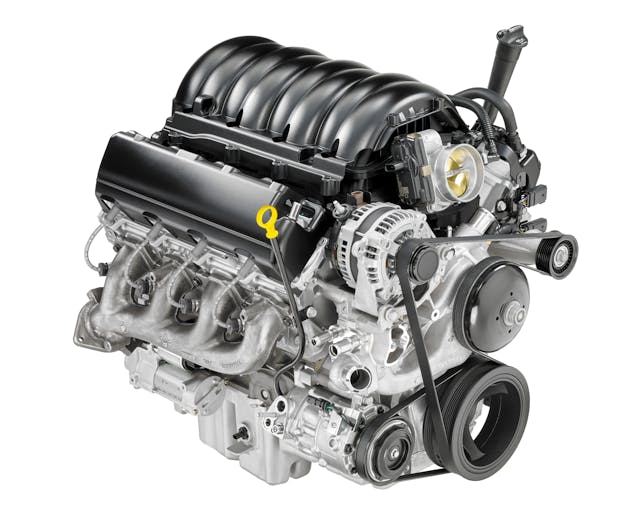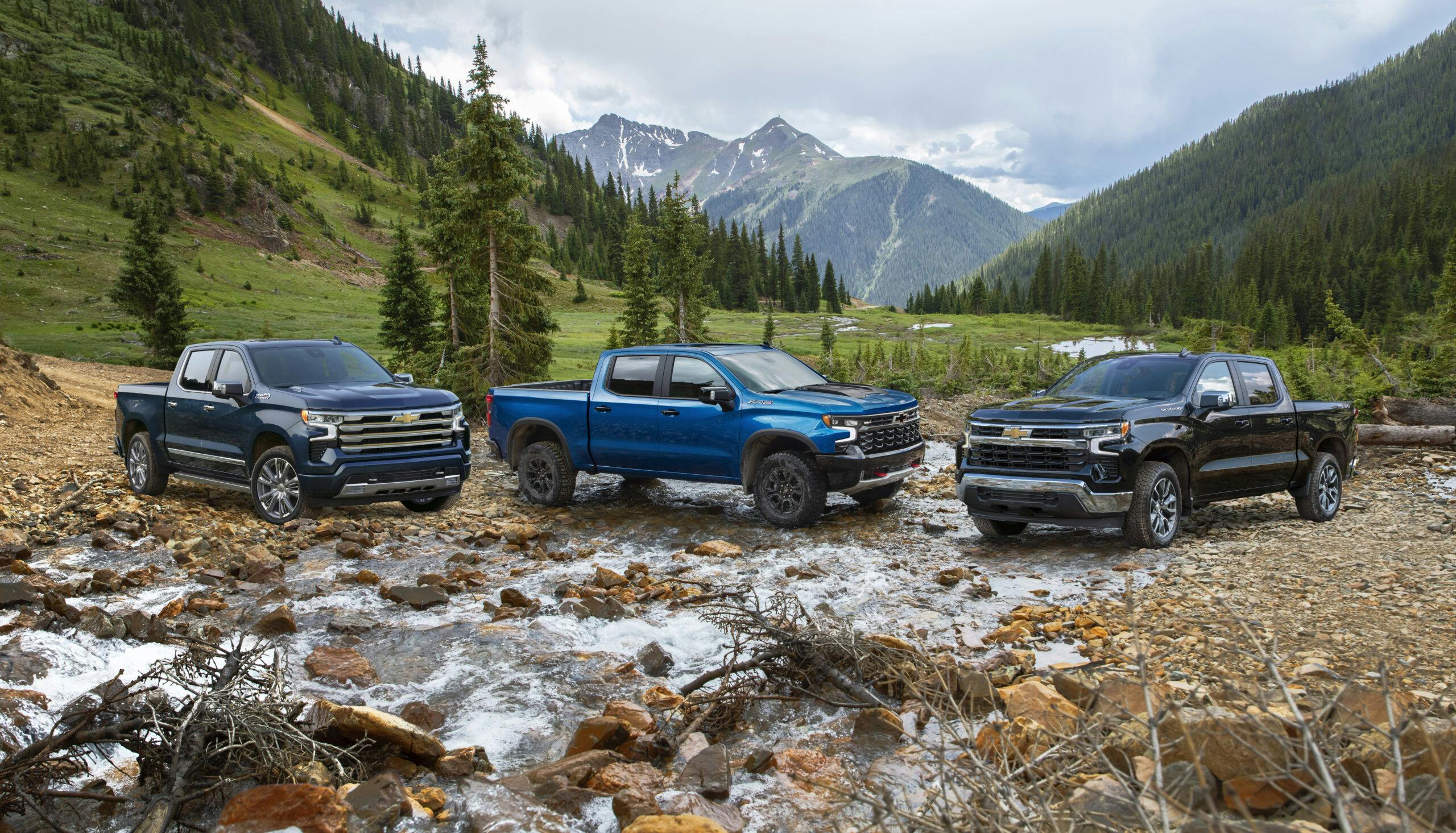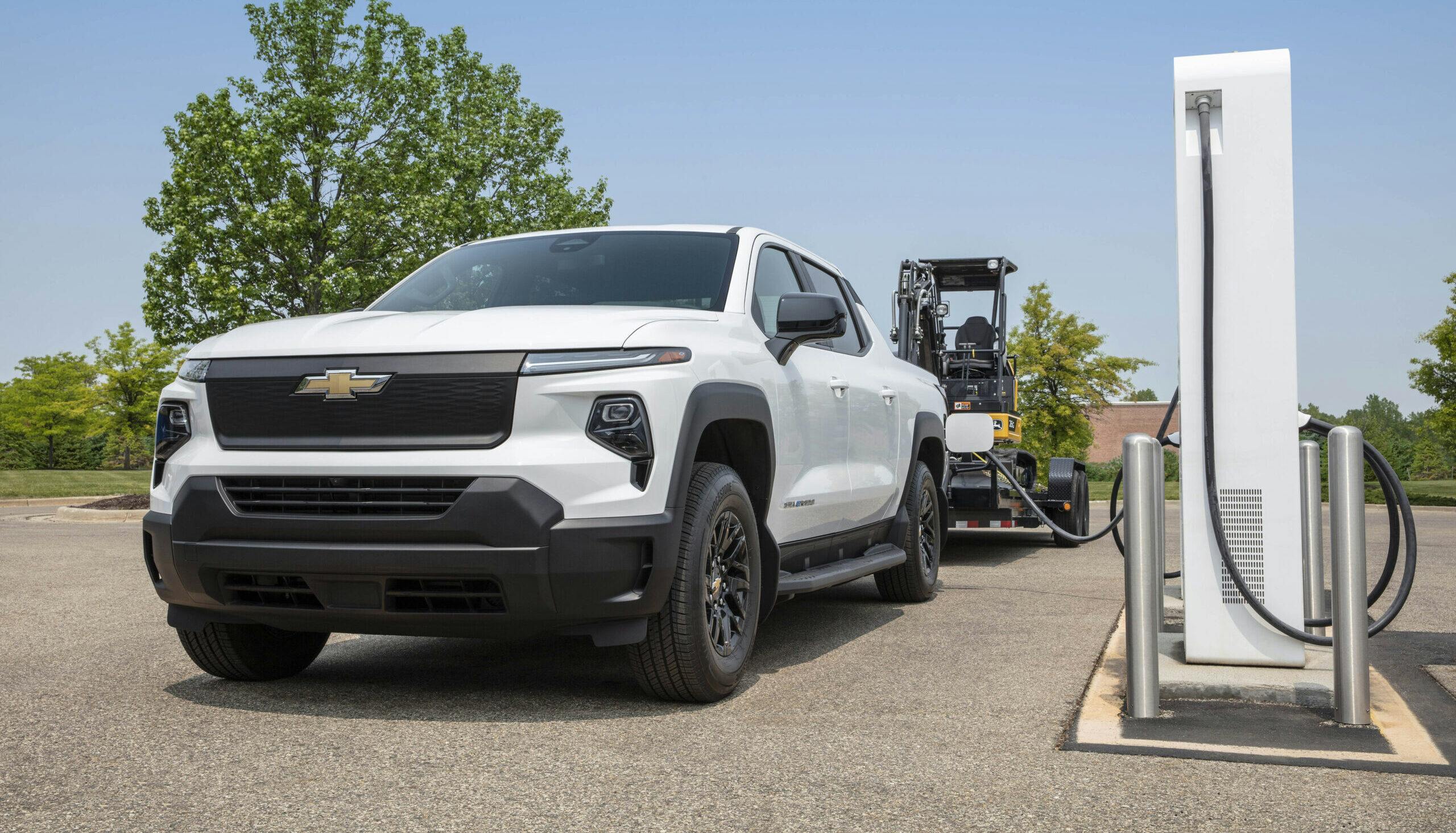GM’s new V-8 workhorses are vital to the EV transformation
This article first appeared in Hagerty Drivers Club magazine. Click here to subscribe and join the club.
You probably know the cautionary tale of Eastman Kodak, the photography giant that failed to embrace the transformation to digital and thus declined into bankruptcy. You might not be aware that the tale is mostly untrue.
“In fact, Kodak invested billions to develop a range of digital cameras,” recounted a 2016 article in Harvard Business Review, which noted that Kodak also bought an online photosharing platform “before Mark Zuckerberg wrote a line of Facebook’s code.” An argument can even be made that Kodak overinvested in digital—a new field it scarcely understood—rather than try harder to sustain the highly profitable photo chemistry business it had spent a century perfecting. Perhaps the lesson is simply that it’s impossible to predict the future, no matter how much you spend trying.

That lens, properly focused, is useful for examining General Motors’ announcement earlier this year that it will invest nearly $1 billion to retool several factories for a new generation of small-block V-8 engines. The announcement, which contained no details about the engines themselves or their timing, was immediately distilled into politically charged narratives. For those in the Who Killed the Electric Car? corner, it was evidence that nefarious Detroit intends to do business as usual. For those at the other extreme, it has been greeted as tacit admission from “Government Motors” that the top-down push toward electrification is doomed to fail with real consumers.
Certainly, there’s wiggle room in GM’s oft-repeated climate pledge, that it “aspires to eliminate tailpipe emissions from new light-duty vehicles by 2035.” Aspiring doesn’t necessarily mean achieving, and the transition away from internal-combustion vehicles will be an extremely complicated issue for established car companies.
There are technical reasons to keep the V-8s fresh. In the short term, it’s towing. The electric Chevrolet Silverado EV can pull an impressive 10,000 pounds, but that eats into its advertised 400-mile range. Those who regularly tow long distances—everyone from your landscaper to retirees pulling Airstreams—will be buying fuel-burning trucks until battery technology and charging infrastructure greatly improve.

An investment in V-8s is also a hedge against uncertainty about the long term. The next decade will likely belong to EVs, but beyond that, who knows? “In the distant future, you might find things like hydrogen becoming available and fueling an internal-combustion engine,” said K. Venkatesh Prasad, senior vice president of research and chief innovation officer at the Center for Automotive Research.
The biggest reason to update a V-8, though, is a counterintuitive one: GM needs V-8s in order to build EVs. Battery electric vehicles accounted for only 5.6 percent of new vehicles sold in the United States last year. Developing EVs that will appeal to the remaining 94.4 percent will require massive investment. GM says it’s spending $10 billion a year on capital investments, “the majority focused on our EV portfolio.”
Electric vehicle startups have turned to the markets to raise the necessary R&D money, as have some established automakers—VW took its Porsche subsidiary public last year, raking in $72 billion. However, the Wall Street route has been largely a dead end for Detroit; Tesla, even after a bruising year for its stock, still has a market capitalization some 15 times that of GM. “Tesla gets lots of cash coming from investors. As an incumbent, you don’t have that,” said Prasad. “So, you create that cash flow using the goose that lays the golden eggs.”

The goose for GM is full-size trucks. Chevrolet, Cadillac, and GMC collectively sold more than a million of them in the United States in 2022. Some 60 percent of those were equipped with small-block V-8s, an engine family GM has perfected over the course of seven decades, five generations, and more than 100 million units. The relatively small investment in a sixth generation is a gambit to keep the goose fed. The Catch-22—the same kind that ultimately bankrupted Kodak—is that eventual success for the EVs will come at the expense of those V-8 trucks. “That goose is going to get smaller and smaller,” predicted Prasad.
In the meantime, there’s a delicious and instructive irony in the fact that buyers of V-8 trucks and buyers of EVs will, for the foreseeable future, need each other. Maybe we can get along, after all. Let’s also not ignore the obvious good news for enthusiasts: One of the greatest engines ever will live to rumble for another day. Mama isn’t taking our Kodachrome away just yet.
***
Check out the Hagerty Media homepage so you don’t miss a single story, or better yet, bookmark it. To get our best stories delivered right to your inbox, subscribe to our newsletters.





Just wait until there is a hazardous waste disposal fee on the dead battery on top of the $25,000 or more to replace it… EV’s will have zero resale value. The freebies section of Craigslist will be full of people trying to offload dead EV’s.
Everyone–please read again the Goals of Agenda 21 (now called 2030). The goal is for NO ONE to own a private vehicle and for us all to live in “High Density Housing Areas”–where there will be NO need for private transportation (other than Public, pedestrian, scooter, bicycle, etc.). Do yourself a favor, everyone, and do some research OnLine–it’s all there in plain English.
well this was a long one. if we save the oil for later it will be taken by the Chinese. so that’s just dumb. ive always thought it all comes from the center of the earth so if we don’t get it someone else will. I was thinking about converting those evs with gas or diesel motors when they are free but id still have to get rid of the batteries. so that’s a not gonna happen deal. ill have to build a simulator so I can drive my hot rods. and sell the motor home to someone so they have a place to live.